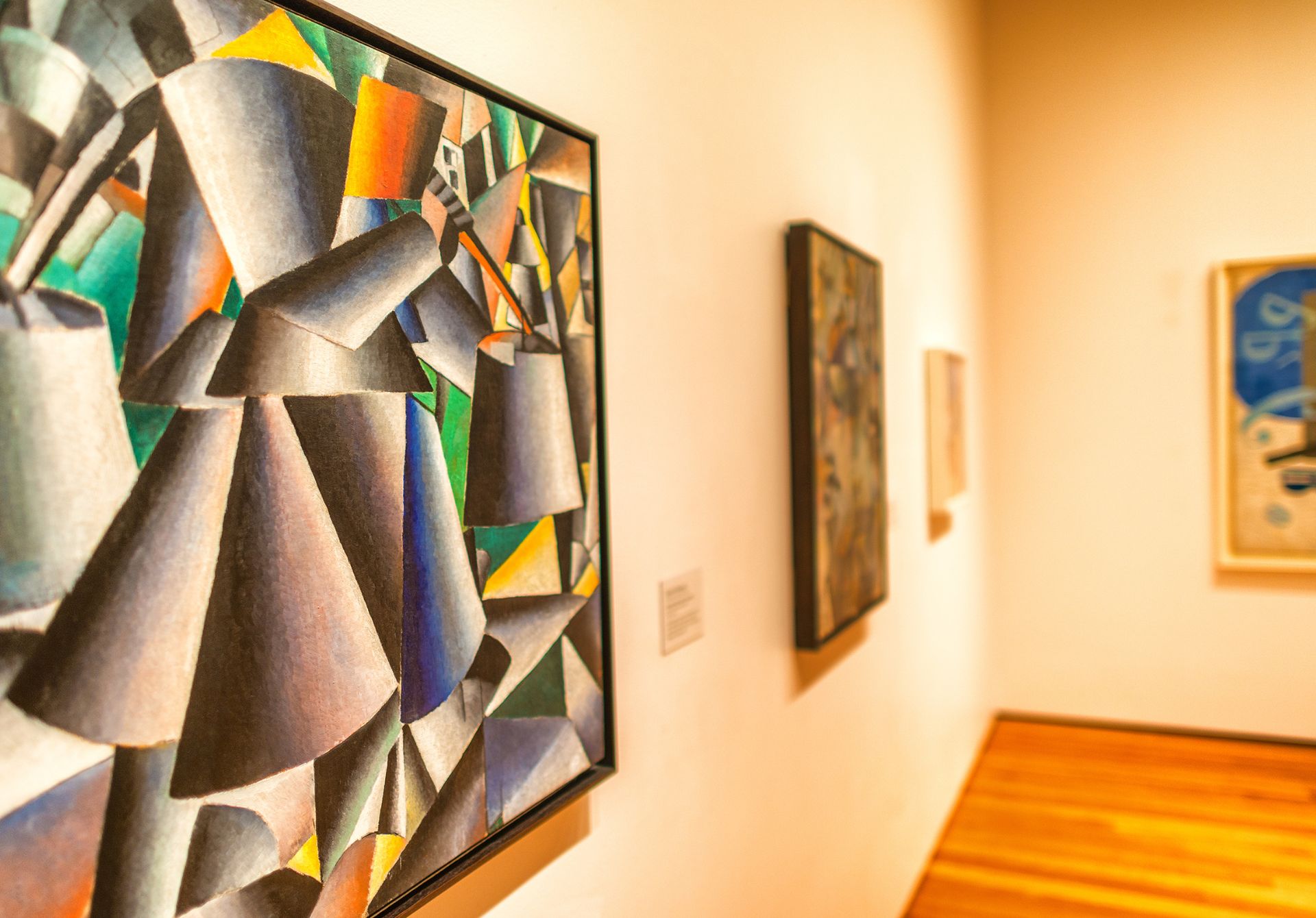Founded in 1929 by three influential patrons of the arts—Lillie P. Bliss, Mary Quinn Sullivan, and Abby Aldrich Rockefeller—the Museum of Modern Art (MoMA) revolutionized the way the world experiences modern art. Opening its doors just nine days after the stock market crash that initiated the Great Depression, MoMA demonstrated remarkable resilience and went on to become one of the world’s most influential cultural institutions.
Architectural Evolution
Located in the heart of Midtown Manhattan, MoMA’s physical presence has evolved significantly over the decades. The museum’s current home at 53rd Street, designed by architects Yoshio Taniguchi, Diller Scofidio + Renfro, and Gensler, underwent a major expansion in 2019, increasing its gallery space by 30% to approximately 165,000 square feet. The renovation, costing $450 million, created more inclusive and accessible spaces while maintaining the museum’s commitment to architectural innovation.
The Collection
MoMA’s permanent collection stands as one of the most comprehensive and diverse assemblages of modern and contemporary art in the world. Housing over 200,000 works across multiple mediums, the collection includes iconic pieces such as Vincent van Gogh’s “The Starry Night” (1889), Pablo Picasso’s “Les Demoiselles d’Avignon” (1907), and Salvador Dalí’s “The Persistence of Memory” (1931). The museum’s commitment to various art forms extends beyond painting and sculpture to include photography, film, design, performance art, and digital media.
Innovation in Exhibition Design
MoMA has consistently pushed boundaries in how art is presented and interpreted. The museum pioneered the “white cube” gallery concept, which has become the standard for modern art display worldwide. Its innovative approach to exhibition design emphasizes the relationship between different artistic mediums and periods, creating dialogues between works that challenge traditional chronological or stylistic arrangements.
Educational Impact
The museum’s commitment to education extends far beyond its gallery walls. MoMA’s educational programs reach over 1,000,000 people annually through various initiatives, including:
- Free admission for all NYC school groups
- Digital learning platforms reaching global audiences
- Artist residencies and workshops
- The MoMA Learning website, providing resources for educators
Digital Innovation
In response to changing times, MoMA has embraced digital transformation. The museum’s online presence includes virtual exhibitions, digital archives, and interactive educational resources. During the 2020 pandemic, MoMA significantly expanded its digital offerings, reaching millions of art enthusiasts worldwide through virtual tours, online courses, and digital programming.
Cultural Impact and Controversy
Throughout its history, MoMA has played a crucial role in shaping public perception of modern and contemporary art. The museum has both celebrated and faced criticism for its influential position in the art world. Its decisions about what to collect and exhibit have often sparked important discussions about representation, cultural value, and the role of institutions in shaping artistic canons.
Looking Forward
As MoMA approaches its centennial, it continues to evolve and adapt to changing times. The museum’s commitment to sustainability, diversity, and accessibility reflects contemporary values while maintaining its core mission of helping people understand and enjoy modern and contemporary art.
The Museum of Modern Art stands as more than just a museum; it represents a living chronicle of modern artistic expression and cultural evolution. Through its collection, programming, and continuous innovation, MoMA remains at the forefront of the global conversation about art’s role in society. As it approaches its 100th anniversary, the museum continues to fulfill its founding vision while adapting to meet the challenges and opportunities of the 21st century.
